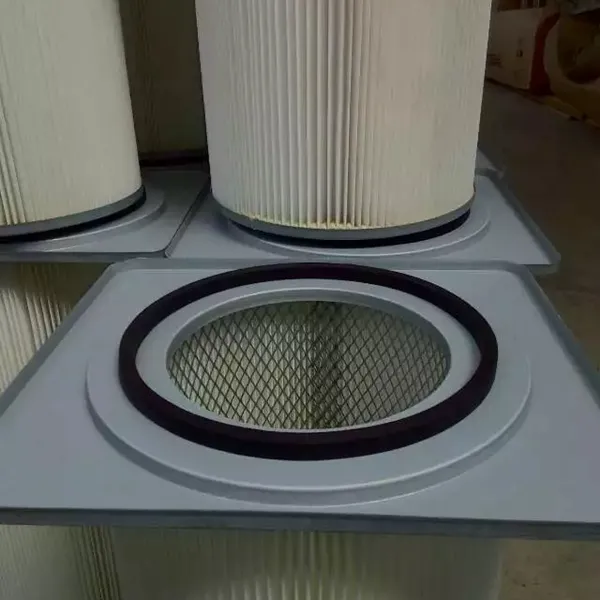 Tel:
+8615930870079
Tel:
+8615930870079
Dez . 31, 2024 21:20 Back to list
Antistatic Filtration Elements for Enhanced Static Control and Air Quality Improvement
Understanding Antistatic Filter Elements Importance and Applications
In a world increasingly reliant on technology, the demand for clean and safe environments is rising across various industries. One crucial component in achieving this is the antistatic filter element. This specialized filtration technology plays a vital role in controlling static electricity, ensuring optimal performance in processes ranging from semiconductor manufacturing to pharmaceutical production.
What is an Antistatic Filter Element?
Antistatic filter elements are designed to reduce or eliminate static electricity accumulation on the filter surface. They typically consist of materials treated with antistatic agents or incorporate conductive fibers. When airborne particles come into contact with the filter, static electricity can build up, which not only impacts filtration efficiency but also poses safety risks in environments sensitive to static discharge.
Importance of Antistatic Properties
Static electricity can cause various issues in industrial applications. In cleanroom environments, for example, static charges can attract particulate contaminants, compromising the sterility and cleanliness crucial for sensitive manufacturing processes. In industries such as electronics and pharmaceuticals, even minor disturbances caused by static discharge can result in equipment malfunction, product contamination, or work stoppage.
Using antistatic filter elements mitigates these risks by preventing static buildup. The incorporation of conductive fibers or static-dissipative materials allows charges to dissipate safely, maintaining a clean filtering surface while ensuring operational safety. These features make antistatic filters essential in environments where precision and cleanliness are paramount.
Applications of Antistatic Filter Elements
antistatic filter element

1. Electronics Manufacturing The electronics industry experiences direct implications from static electricity, as many components are sensitive to electrostatic discharge (ESD). Antistatic filters are implemented in cleanrooms where semiconductor chips or circuit boards are produced, providing a triple benefit filtering air particles, controlling static charges, and maintaining cleanroom standards.
2. Pharmaceutical Production In the pharmaceutical industry, controlling static electricity is critical. Antistatic filter elements are utilized in cleanrooms to prevent contamination that can arise from airborne static charges. By ensuring both air purity and static control, these filters help maintain product integrity and comply with regulatory standards.
3. Food Processing In food processing environments, static electricity can lead to the accumulation of dust and particles that affect food safety. Antistatic filtration systems can be employed to maintain air quality, protect against contamination, and enhance overall operational safety.
4. Chemical Processing In chemical plants, static discharge can create hazardous situations. Antistatic filter elements provide a protective measure by controlling electrostatic charges in facilities handling combustible or flammable substances.
Conclusion
Antistatic filter elements represent a vital technology in the pursuit of clean and safe working environments. Their ability to dissipate static electricity while ensuring efficient particulate filtration makes them indispensable across a wide array of industries, including electronics, pharmaceuticals, food processing, and chemical manufacturing. As industries continue to evolve and embrace advanced technologies, the role of antistatic filtration will undoubtedly grow more significant.
By investing in high-quality antistatic filter elements, companies not only comply with stringent industry standards but also enhance their operational reliability and safety. The adoption of such technologies exemplifies the proactive approach needed to meet the challenges of modern manufacturing and production processes, paving the way for innovation in an increasingly complex industrial landscape.
-
Types and Applications of Air Filtration CartridgesNewsJul.28,2025
-
The Role of Gas Turbine FiltersNewsJul.28,2025
-
Mastering Air Filter Cartridge UseNewsJul.28,2025
-
Advanced Turbine Filters for Modern Gas TurbinesNewsJul.28,2025
-
Cellulose Air Filter Cartridge Advantages in Dust FiltrationNewsJul.28,2025
-
Cellulose Filters for Air Particle ReductionNewsJul.28,2025

 Email:
Email:





